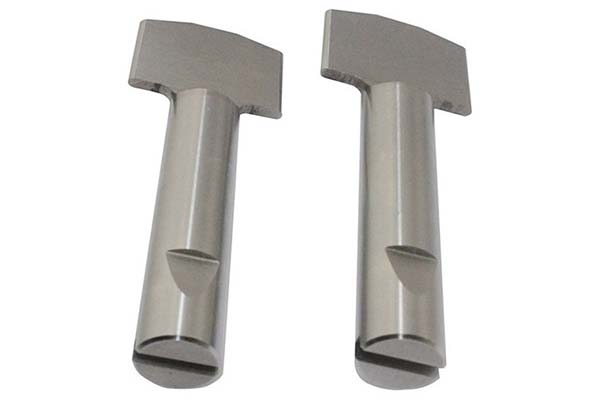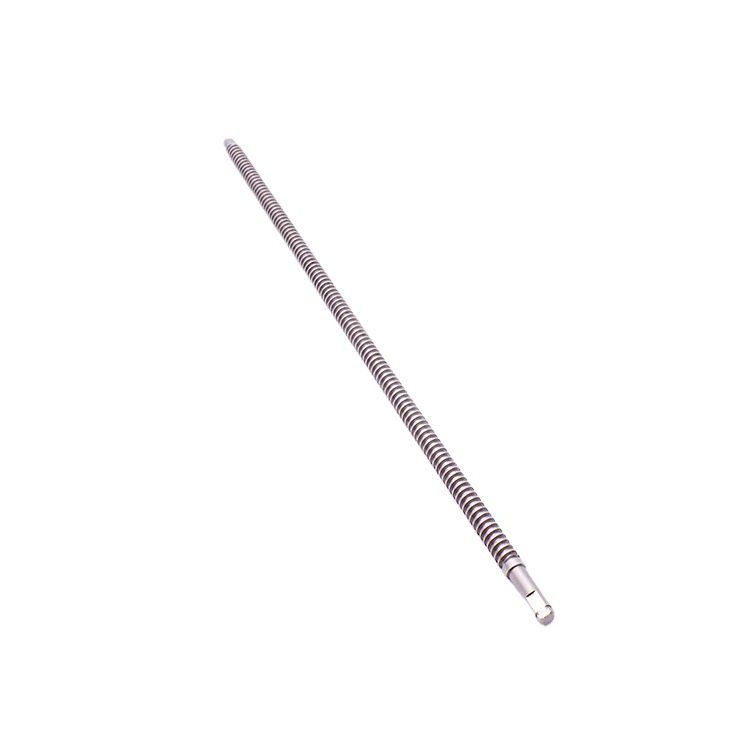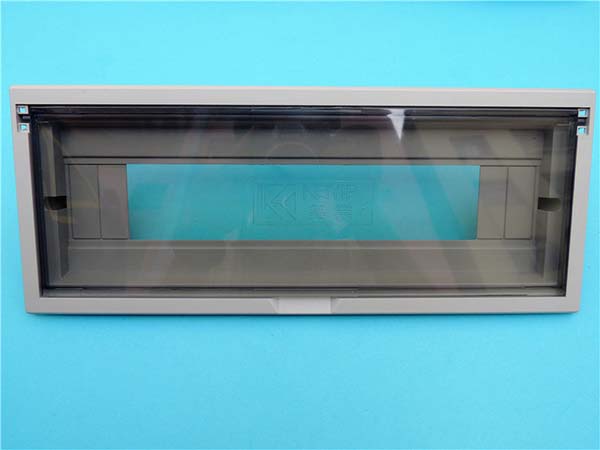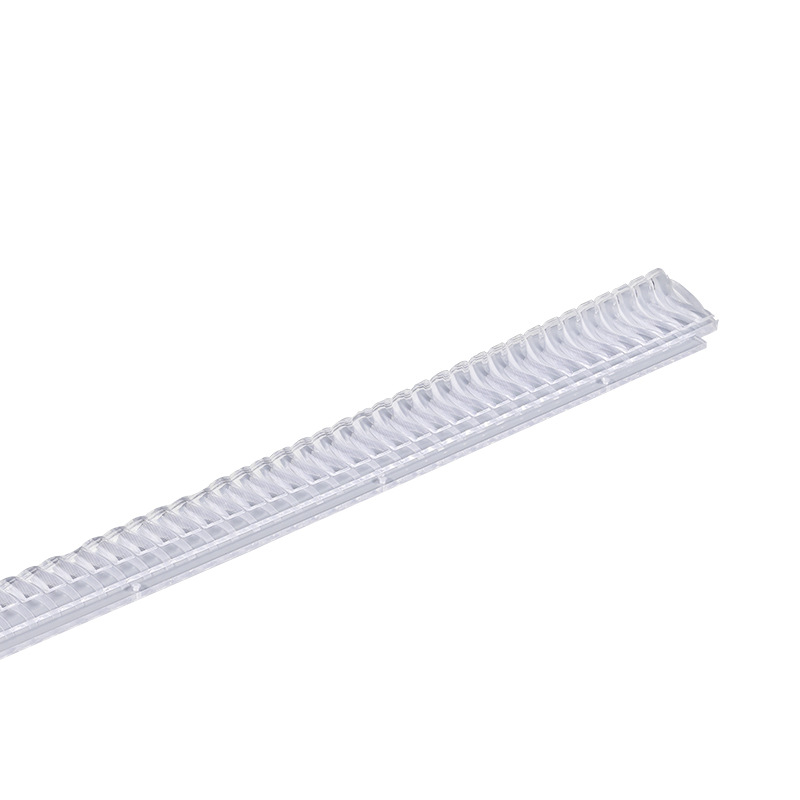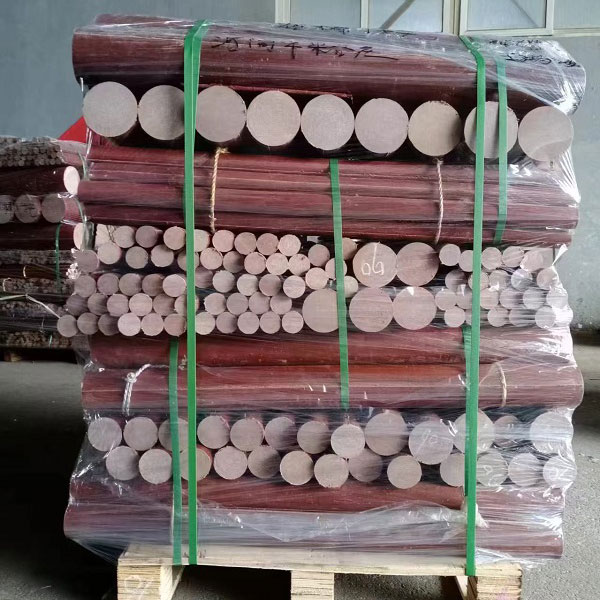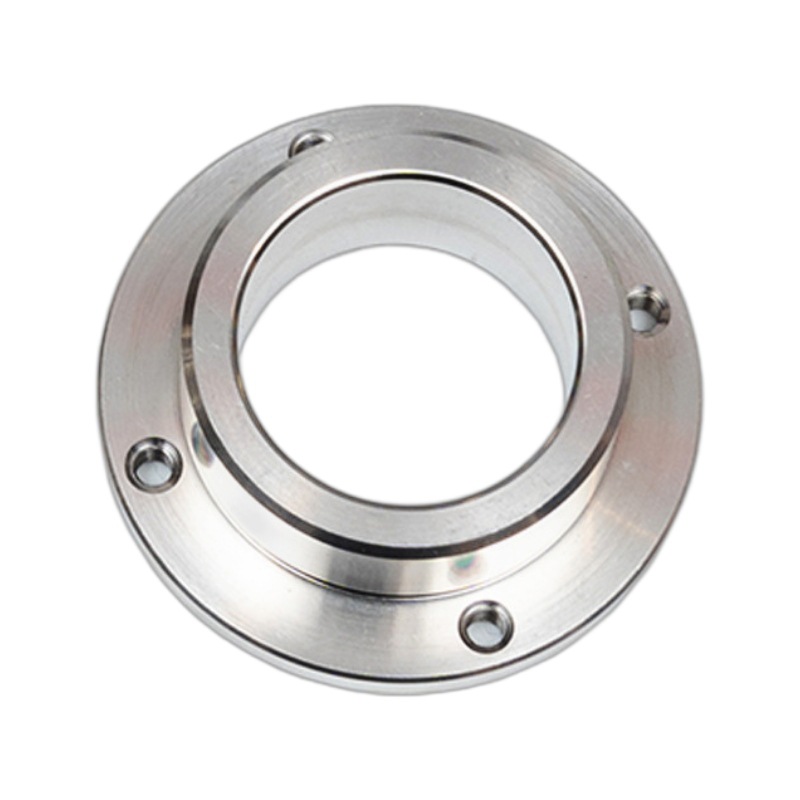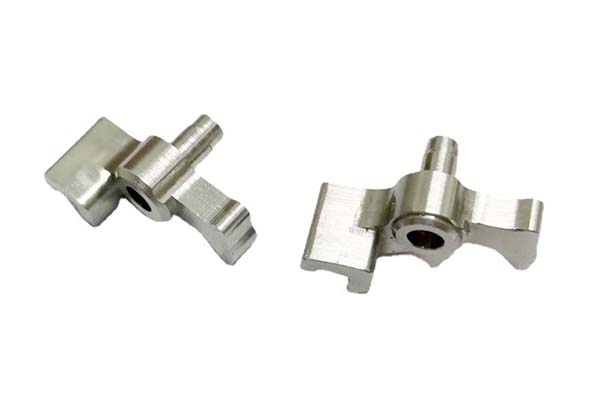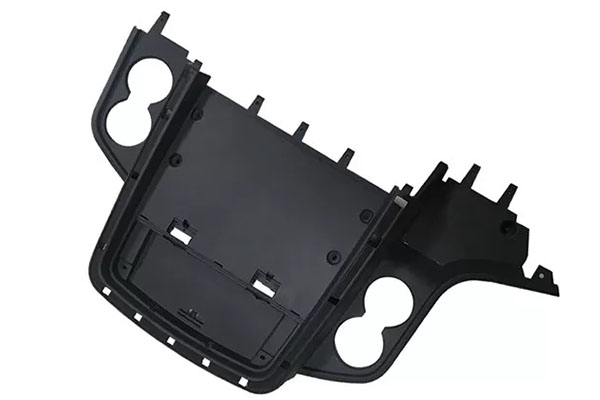Manufacturers requiring exceptional hardness and wear resistance often turn to SS420 stainless steel. As a martensitic alloy, it offers superior strength and edge retention after heat treatment, but machining it presents unique challenges. Its higher carbon content (0.15-0.40%) enables hardening up to 50 HRC, but this also increases cutting forces and tool wear compared to lower-carbon martensitic grades like SS410. Additionally, its magnetic properties simplify handling, but heat treatment can cause dimensional changes, requiring careful process control. Distinguishing its capabilities from other martensitic or ferritic grades is crucial to avoid performance mismatches in high-wear applications. This guide addresses these pain points, offering proven strategies to optimize CNC machining SS420 for efficiency, quality, and reliability in precision components.
Material Properties of SS420
SS420 stainless steel is a martensitic alloy engineered for high hardness and moderate corrosion resistance:
- SS420 composition: Contains 12-14% chromium, 0.15-0.40% carbon, 1.0% maximum manganese, 1.0% maximum silicon, and trace amounts of phosphorus and sulfur. The higher carbon content compared to SS410 enables greater hardening potential, while chromium provides a protective oxide layer.
- Mechanical properties: In the annealed state, it has a tensile strength of 520 MPa, yield strength of 275 MPa, and elongation of 18%. After hardening, tensile strength exceeds 1000 MPa with hardness reaching 50 HRC, making it ideal for high-wear components.
- Hardness range: Annealed hardness of 235 HB (25 HRC) increases to 45-50 HRC after hardening and tempering, offering versatility for both machining (annealed) and service (hardened) requirements.
- Corrosion resistance: Moderate, superior to carbon steel but lower than austenitic grades. It resists atmospheric corrosion and fresh water but is susceptible to pitting in chlorides, limiting use in highly corrosive environments.
- Magnetic properties: Inherently magnetic, simplifying automated handling and enabling compatibility with magnetic workholding devices.
- Comparisons: SS420 vs SS410 comparison shows SS420 offers higher hardness (up to 50 HRC vs 40 HRC) but poorer machinability due to higher carbon content. SS420 vs SS430 differences highlight SS430’s better corrosion resistance but lower hardness, making SS420 preferable for wear applications.
These traits make SS420 ideal for applications requiring high hardness and edge retention, such as cutting tools, surgical instruments, and valve components.
CNC Machining Process for SS420
Core Machining Operations
CNC machining SS420 requires precise parameter control to manage its high hardness and work hardening tendency:
- SS420 turning parameters: Suitable for cylindrical parts like shafts, with cutting speeds of 70-100 m/min (annealed) and 40-60 m/min (pre-hardened). Feeds range from 0.1-0.15 mm/rev to balance material removal and tool life.
- SS420 milling parameters: Effective for flat components like tool bodies, using cutting speeds of 60-90 m/min (annealed) and 30-50 m/min (pre-hardened) with feeds of 0.05-0.1 mm/tooth. Climb milling minimizes work hardening by reducing tool contact with already deformed surfaces.
- SS420 drilling parameters: Drilling requires lower speeds (50-80 m/min) and feeds (0.05-0.1 mm/rev) to prevent tool breakage, with peck drilling recommended to clear chips and reduce heat buildup.
- Process optimization: SS420 CNC machining process optimization focuses on minimizing tool contact time to reduce work hardening. Implementing high-efficiency toolpaths and rigid setups reduces cycle times by 15-20% in batch production.
Tool Selection and Cutting Parameters
Optimal Tooling and Parameters
Tooling for SS420 must prioritize wear resistance to handle high hardness:
- SS420 tool selection: Carbide tools with fine grain structures (WC-Co with 6-8% Co) are preferred for annealed material, while cubic boron nitride (CBN) tools are required for hard turning (≥45 HRC) to withstand high cutting forces.
- Cutting tool materials: Coated carbide (TiAlN or AlTiN) extends tool life by 30-40% in annealed SS420, while uncoated carbide is suitable for low-volume operations. CBN tools, though costly, are necessary for hard machining to avoid frequent tool changes.
- Cutting parameters:
- SS420 cutting speed (Vc): 70-100 m/min (annealed turning), 60-90 m/min (annealed milling), and 40-60 m/min (hard turning with CBN).
- SS420 feed rate (f): 0.1-0.15 mm/rev (turning), 0.05-0.1 mm/tooth (milling), with reduced feeds (0.05-0.1 mm/rev) for hard turning.
- SS420 depth of cut (ap): 1-2 mm for roughing and 0.1-0.5 mm for finishing, ensuring efficient material removal without excessive tool load.
- Tool wear and life: Carbide tools last 30-45 minutes in annealed SS420, while CBN tools extend life to 60-90 minutes in hard turning. Monitoring flank wear (max 0.3 mm) prevents surface finish degradation.
Surface Finish and Post-Machining Treatments
Achieving Desired Surface Characteristics
- SS420 surface finish: Achievable Ra values range from 1.6 μm (finish machining annealed) to 3.2 μm (roughing). Precision parts like surgical instruments require Ra ≤ 0.8 μm, achieved through high-speed finishing passes with sharp tools.
- SS420 passivation: Nitric acid treatment removes free iron from the surface, improving corrosion resistance by 20-30% in humid environments—critical for medical and food-contact applications.
- Electropolishing: This process reduces surface roughness to Ra ≤ 0.2 μm, enhancing aesthetics and reducing friction in moving parts like bearings and shafts.
Heat Treatment and Stress Management
- SS420 heat treatment: Hardening at 980-1050°C followed by oil quenching achieves maximum hardness, while tempering at 200-300°C retains hardness (45-50 HRC) for wear parts. Tempering at 500-600°C reduces hardness to 30-35 HRC for improved toughness in impact applications.
- Stress relief: Heating annealed parts to 650°C for 1 hour before hardening reduces residual stresses, preventing warping during quenching—essential for thin-walled components like scalpel blades.
- Deburring: SS420 deburring is critical for safety-critical parts, with techniques like vibratory finishing or manual deburring removing sharp edges from machined components.
Applications and Case Studies
SS420 excels in high-wear, precision applications requiring hardness and edge retention:
- Cutting tools: Blades and knives benefit from SS420’s 45-50 HRC hardness, maintaining sharp edges longer than carbon steel alternatives. A case study showed a 50% increase in blade life compared to high-carbon steel.
- Surgical instruments: Scalpels and forceps machined from annealed SS420, then hardened to 45 HRC for edge retention and corrosion resistance. Its passivated surface meets medical standards for biocompatibility.
- Automotive components: Valve seats and fuel injector parts leverage SS420’s wear resistance, with a case study showing a 30% reduction in maintenance costs compared to SS410 components.
- Industrial valves: Valve stems and seats machined to tight tolerances (±0.01 mm), with SS420’s hardness preventing leakage and extending service life in high-pressure systems.
Cost and Supply Chain Considerations
Economic Factors
- SS420 material cost: Approximately $6-8/kg in 2025, 20-30% higher than SS410 due to higher carbon and chromium content but 40% lower than high-speed steel, making it cost-effective for wear applications.
- Machining cost: Higher than SS410 due to increased tool wear, with hard turning (≥45 HRC) costing 2-3x more than machining annealed material. Using CBN tools reduces per-part costs in high-volume production despite higher tool expenses.
- Scrap rate: Typically 3-5% in annealed machining, increasing to 5-8% in hard machining due to tool breakage risks. Implementing SPC (Statistical Process Control) reduces scrap by 20-25% in batch production.
Supply Chain Management
- Lead time: 3-4 weeks for standard bar stock, with custom sizes requiring 6-8 weeks. Strategic stocking of annealed bar reduces production delays for high-volume orders.
- Minimum order quantity (MOQ): Suppliers typically require MOQs of 500 kg for standard sizes, with smaller quantities available at a premium.
- Supply chain stability: SS420 availability is consistent, with global suppliers ensuring reliable delivery. Sourcing from ISO 9001-certified suppliers guarantees material quality and traceability.
Yigu Technology’s Perspective
At Yigu Technology, we specialize in CNC machining SS420 for medical, automotive, and industrial clients. Our data shows that using AlTiN-coated carbide tools for annealed SS420 reduces tool wear by 35% compared to uncoated tools in surgical instrument production. For hard turning (45-50 HRC), we utilize CBN tools to achieve Ra ≤0.8 μm surface finishes with tight tolerances (±0.005 mm). We recommend heat treating after machining to minimize dimensional changes, with stress relieving ensuring part stability. Our passivation services enhance SS420’s corrosion resistance by 30%, meeting medical and food-grade standards. Compliance with ISO 13485 and IATF 16949 ensures quality, making SS420 components a reliable choice for high-wear applications.
FAQ
- What makes SS420 suitable for high-wear applications?
SS420’s high carbon content enables heat treatment to 45-50 HRC, providing exceptional hardness and wear resistance. Its mechanical properties include high tensile strength (>1000 MPa after hardening), making it ideal for cutting tools, surgical instruments, and industrial components requiring edge retention.
- How does SS420’s machinability compare to SS410?
SS420 is more challenging to machine than SS410 due to its higher carbon content, requiring 20-30% lower cutting speeds and more wear-resistant tools. However, its superior hardness (50 HRC vs 40 HRC) makes it preferable for applications where wear resistance is critical, justifying the higher machining costs.
- What post-machining treatments are recommended for SS420?
SS420 heat treatment (hardening and tempering) is essential to achieve desired hardness, while passivation improves corrosion resistance. For precision parts, electropolishing reduces surface roughness to Ra ≤0.2 μm, enhancing aesthetics and reducing friction in moving components. Stress relieving before heat treatment prevents warping in thin-walled parts.
